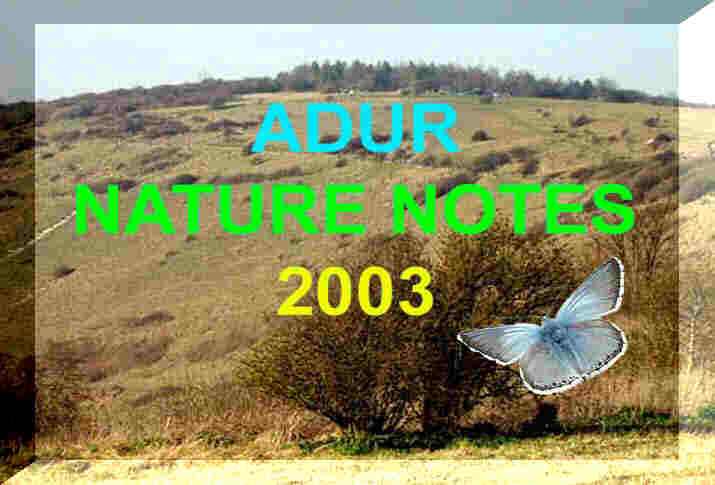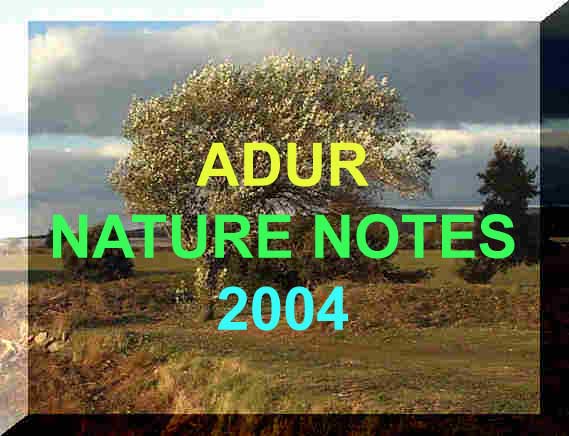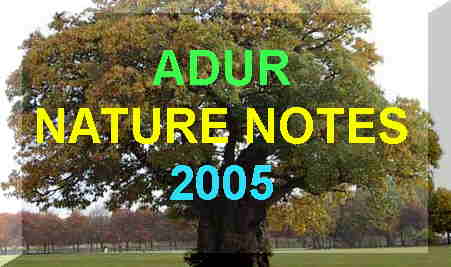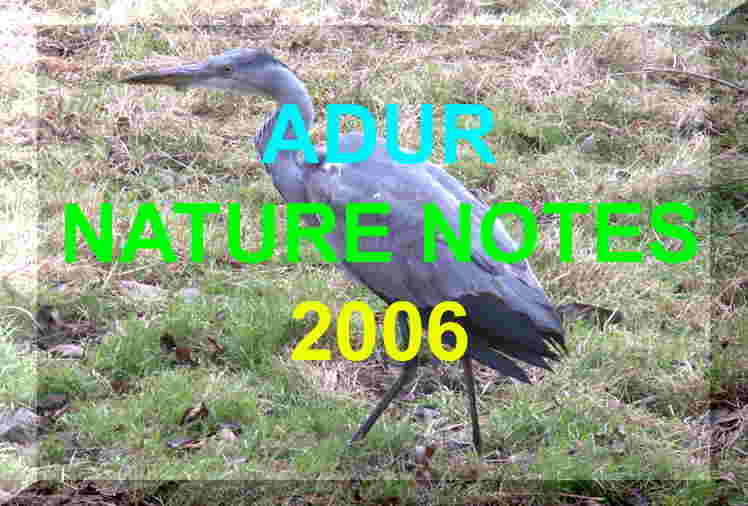Flies of the lower Adur Valley including Shoreham-by-Sea
Flies 2007
26
October 2006
A
dozen Muscid-flies,
Mesembrina
meridiana,
were all lined up, resting, in a row on the wooden railing in the Butterfly
Copse next to the
Waterworks Road
| 23
September 2006
Phaonia valida (not confirmed) |
 |
10 September 2006
 |
6
August 2006
A Hornet Robber Fly caught a Greenbottle and landed briefly on the Pixie Path. The Greenbottles were attracted by about a dozen to a dog's faex and the predatory insect pounced. This large fly was quick to fly off. (TQ 210 064) |
30 July 2006
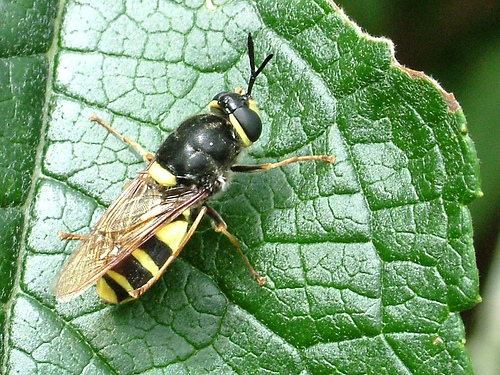 |
23
July 2006
The black and yellow Soldier Fly, Stratiomys potamida, made a short appearance in my south Lancing garden. (TQ 185 046). It may have hatched from the garden pond as this fly had done the previous year. |
| 11
July 2006
Conopid fly Sicus ferrugineus discovered on the southern part of the Slonk Hill Cutting. |
 |
| 10
July 2006
A Hornet Robber Fly was spotted just north of Lancing College, near Ladywells Stream. |
| 15
June 2006
Crane-flies are mating on the lower slopes of Mill Hill and I daresay elsewhere as well. |
 |
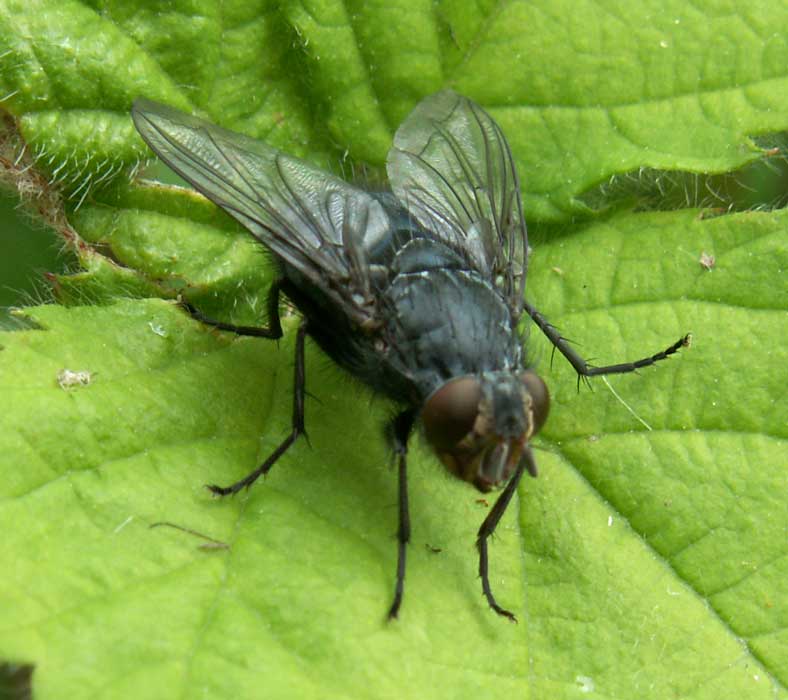 |
 |
 |
 |
|
|
|
| 10
May 2006
The small black flies Empis tessellata were common on the downs. ID
by Laurence Clemons
|
 |
7
May 2006
The
Alexanders,
Smyrnium
olustratum manage to attract so many flies, hoverflies,
moths
and flying insects that it is impossible to record them all. Tilius
elongatus small black flies and larger
Lucilla
Blow-flies
were
noted on the Pixie Path. Crane-flies
were
noted in most wild places and wasteland.
| 2
May 2006
The fly first right was photographed in the Butterfly Copse at the southern end of the Waterworks Road, Old Shoreham. These flies are the Face Fly, Musca autumnalis. ID
by Laurence Clemons
The picture
second right was taken on 3 May 2006
in the same place and is possibly the same species. |
 |
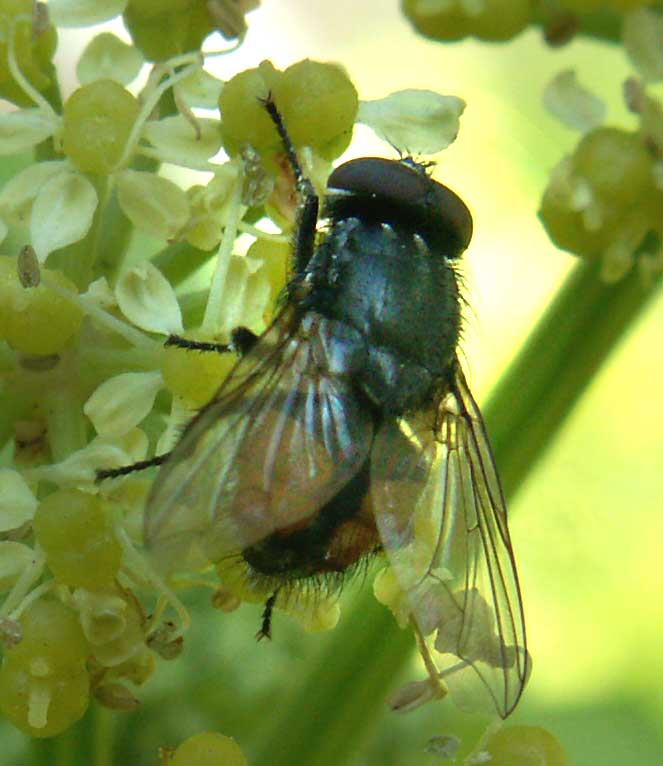 |
1 May 2006
 |
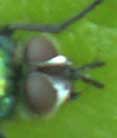
Greenbottle
Blow-fly
|
 |
 |
 |
 |

22 April 2006
The first Common Bee-Fly, Bombylius major, visited the back garden of 40 The Drive (near Buckingham Park), north Shoreham.
(TQ 219 063) (This Bee-fly was recorded in Worthing on 5 April 2006.)
Message on British Insects (Yahoo Group) about the date this fly was seen (Link)
Message and Images on the Diptera.info EForum on Bee-flies
| 6
April 2006
A solitary Dotted Bee-fly (with spotted wings), Bombylius was seen on a path through the scrub in the north-west of Mill Hill. (TQ 210 075) This
is Bombylius
discolor,
a declining BAP (Biodiversity Action
Plan) species. In Great Britain this species is classified as
Nationally
Scarce.
UK Known Distribution (165 squares) Checklist of UK Recorded Bombyliidae This fly should not be confused with the very similar Common Bee-fly, Bombylius major. |
 |
Further Information on Bombylius discolor
The larvae of the Dotted Bee-fly are parasites of solitary bees with the host species identified of Andrena flavipes and Andrena cineraria. Nomada fucata (recorded on Mill Hill) is a cleptoparasitoid of Andrena flavipes.
Dotted Bee-fly have a favoured nectar plant of: Ground Ivy (much preferred) and Primroses. The one on Mill Hill was seen where Ground Ivy has been noted plentiful before, but this herb also occurs plentifully on the lower slopes of Mill Hill. Bee-flies may forage far from their nesting colonies into scrub, woods and gardens.
It
is in flight from the end of March, peaking in mid-April and seen until
the beginning of May.
The
Bee-fly follows its host bee when choosing new sites and favours open south
or south-west facing unimproved or semi-improved grassland for their colonies.
Pictures and Comparisons on the Diptera Forum
22 March 2006


